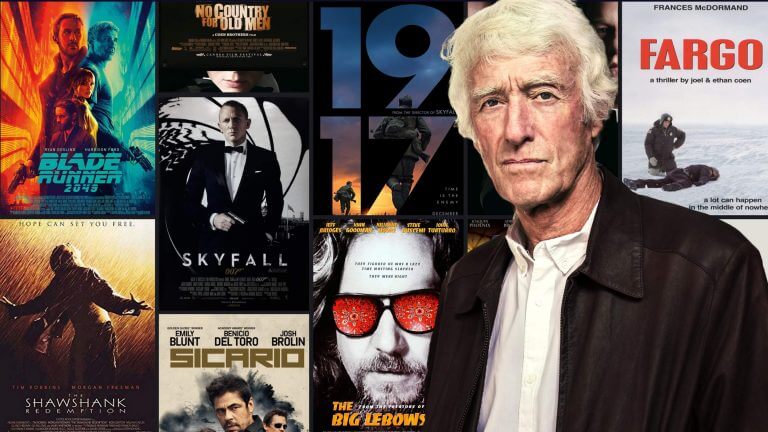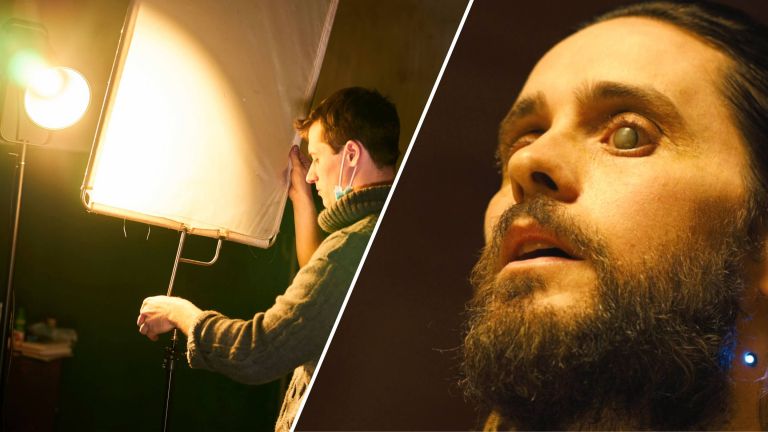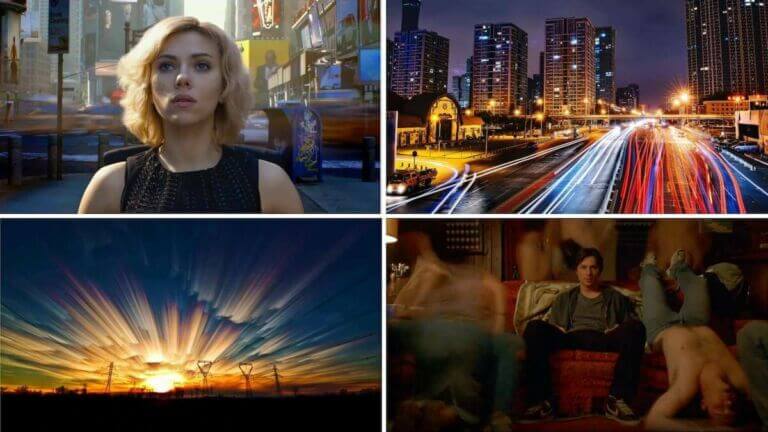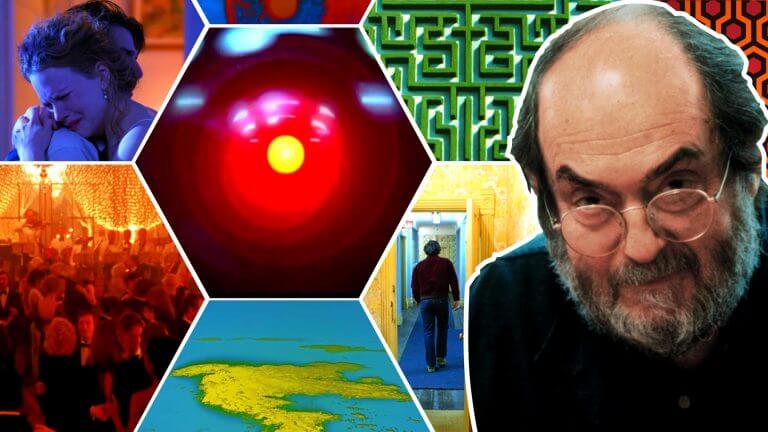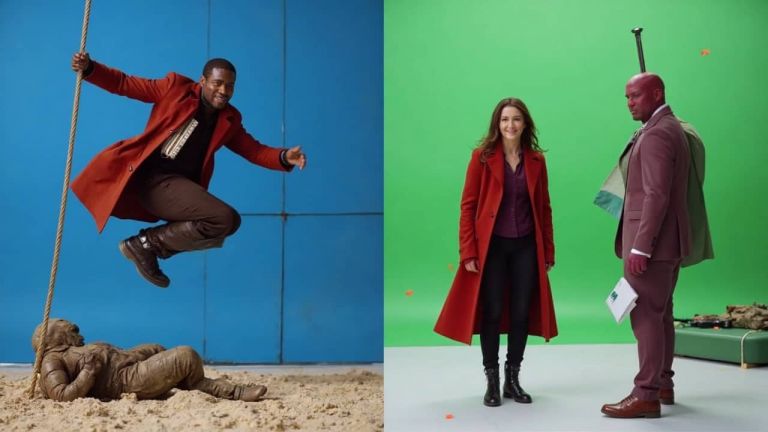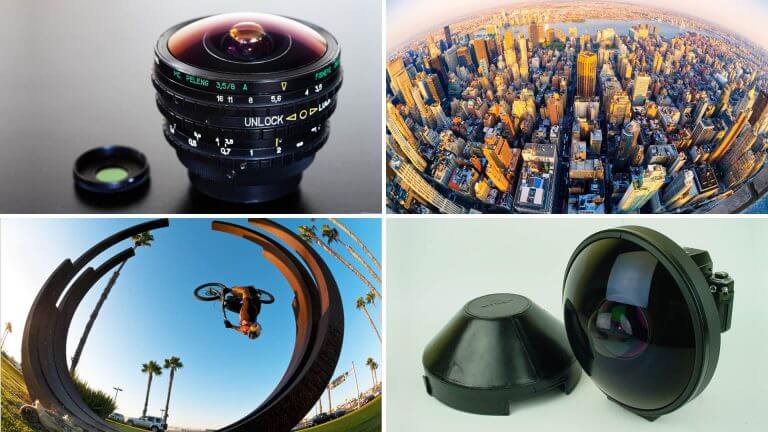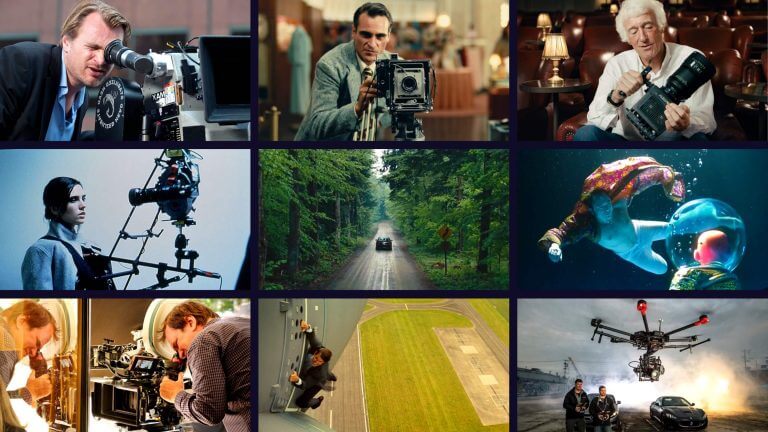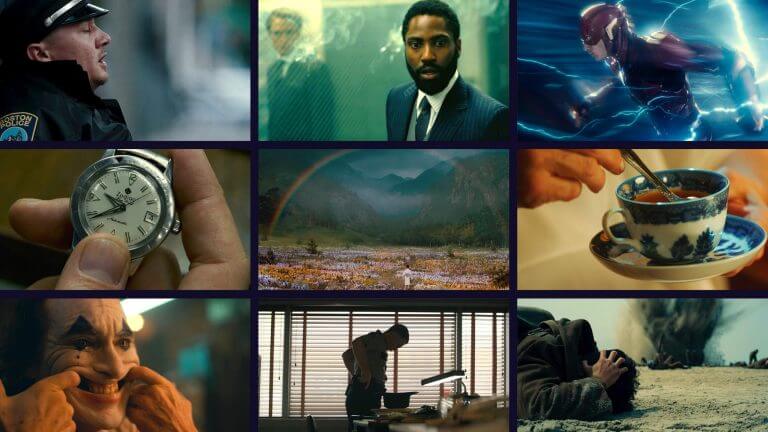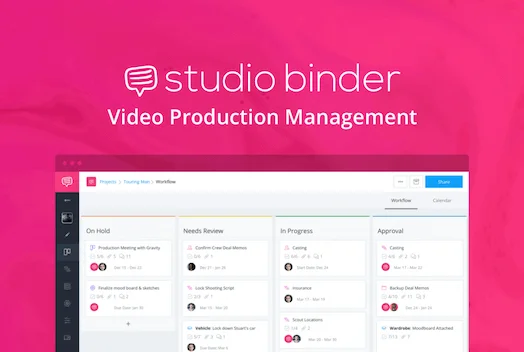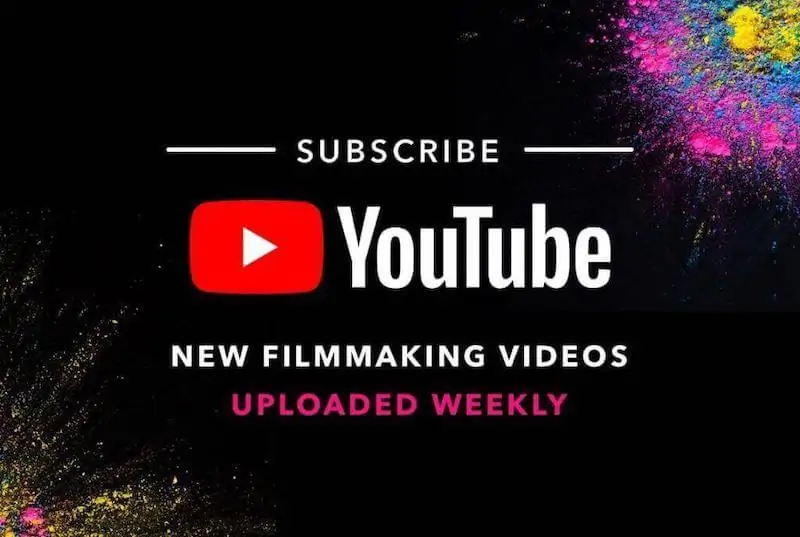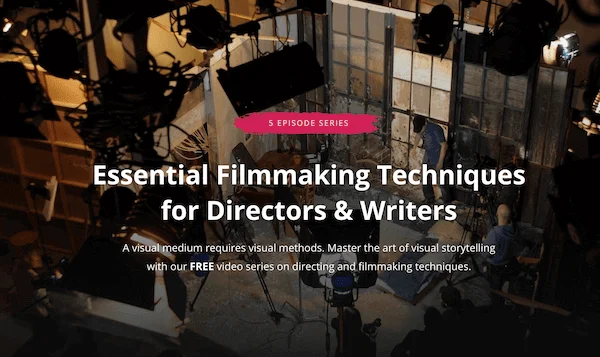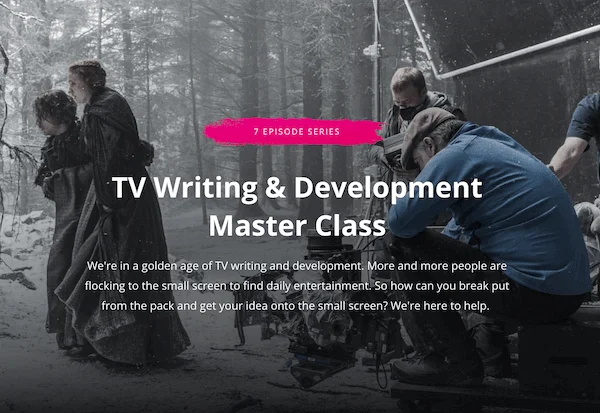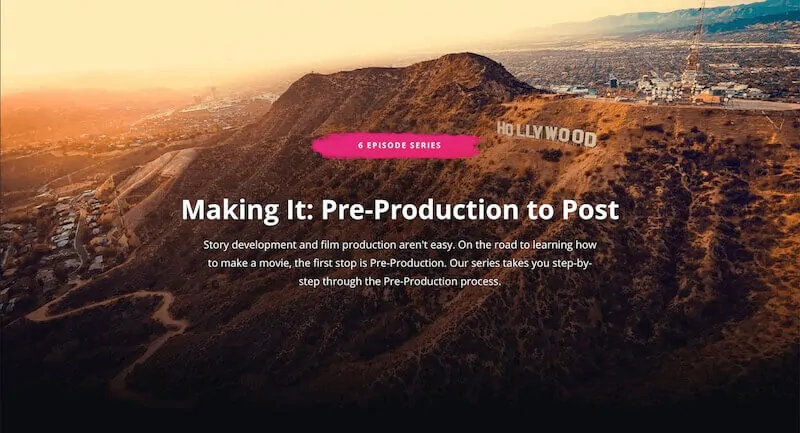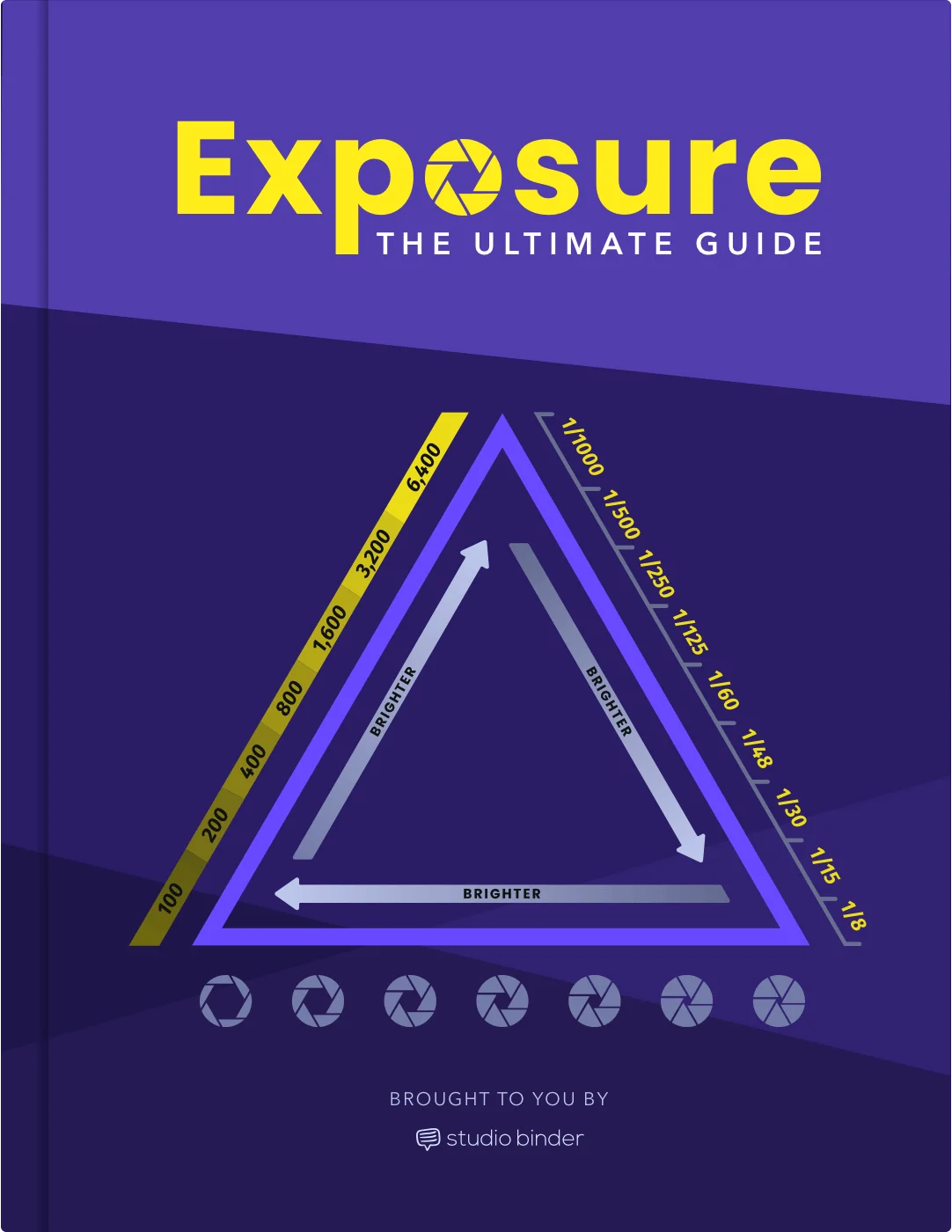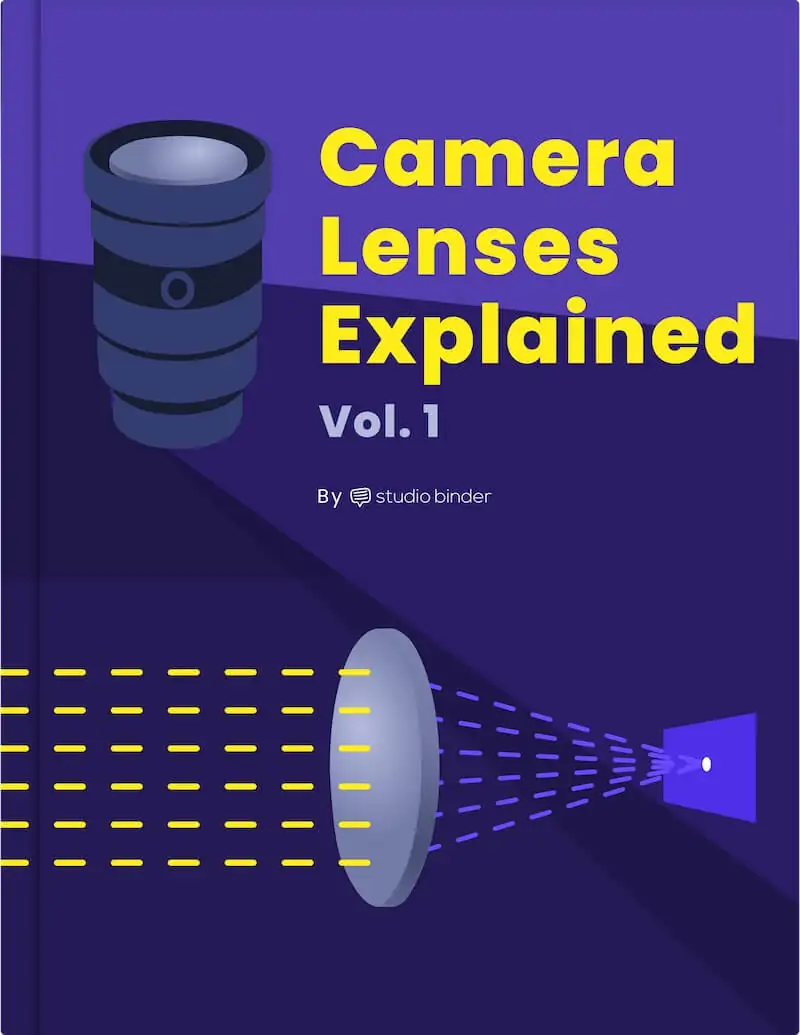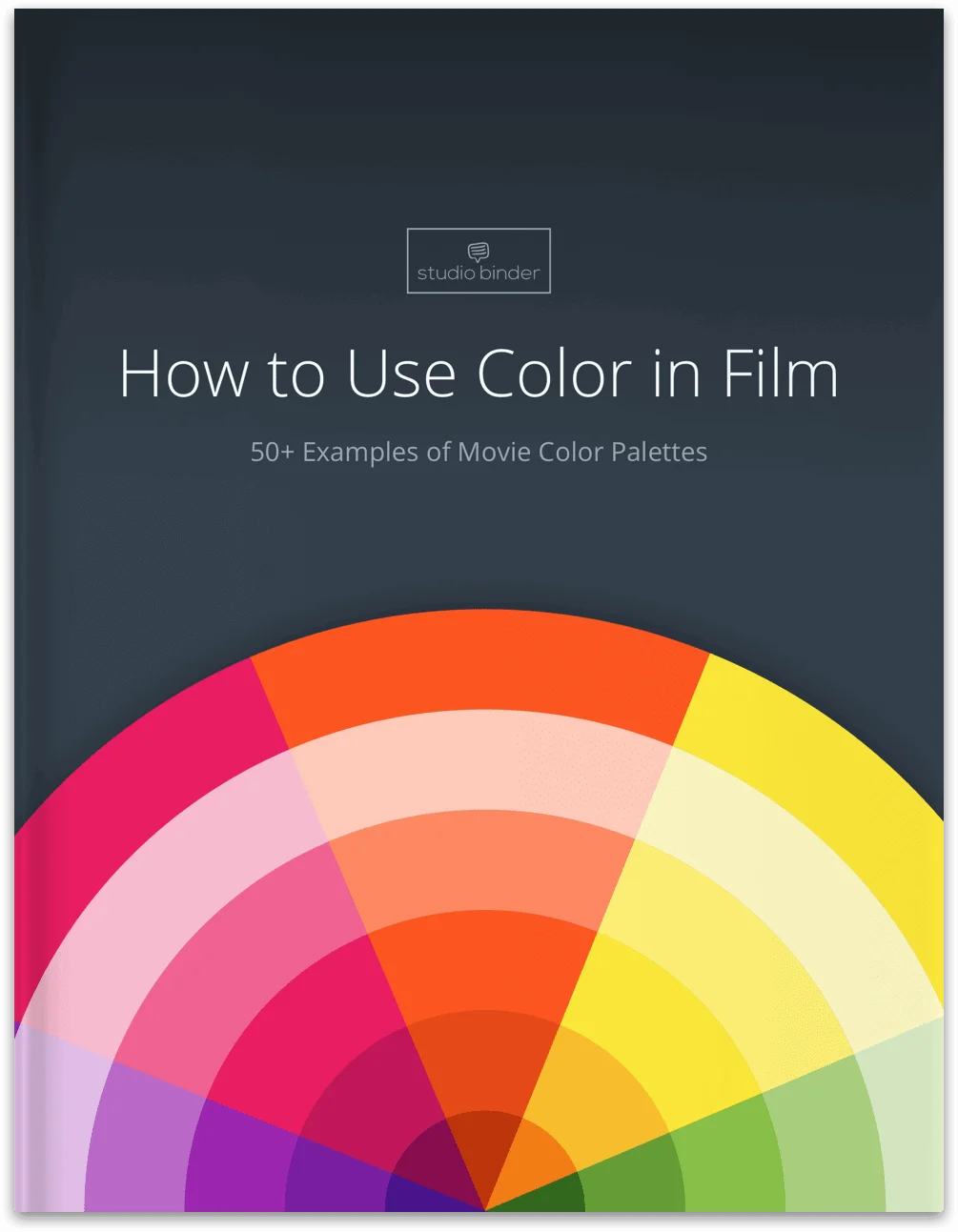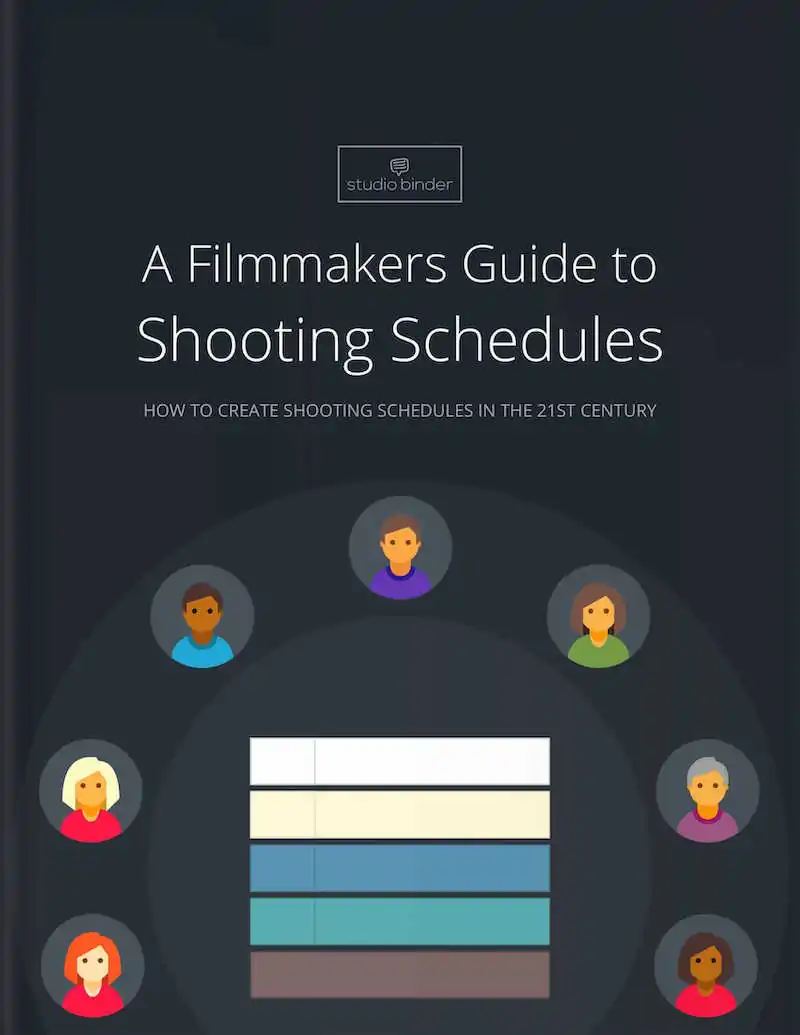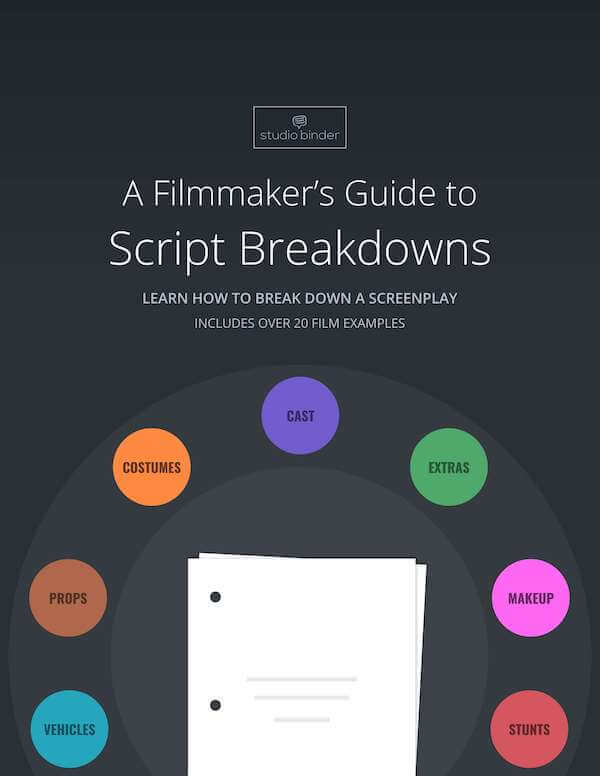Have you ever wondered how to make your films look like the pros? You might feel inclined to blame your camera, your lenses, your budget, but that would be the wrong response. All of the great cinematographers study the characteristics of light. Learning how to control the fundamentals of lighting will allow you to shape light that creates images worthy of the big screen. Although we will be discussing cinematography lighting, all of these principles apply to photography lighting as well. As this series of articles on lighting techniques progress, we will go into greater detail about each of the four…
Filmmakers always strive to make an audience feel a certain way when watching their films. One of the most fundamental ways is through lighting. And fill light is one of the most fundamental lighting methods to understand. It determines the contrast, shadows, and brightness of the shot. Understanding the fundamentals of light, how to shape it, and how to use it to elevate your story will make you a more well-rounded filmmaker. Once you grasp the basics of fill light and how it functions, you can create a lighting style that is unique and functional. Let’s dive into the…
There is more than one way to create a time lapse video and even more ways fine-tune the time-lapse-capturing process. Creating great time lapse videos can be daunting as it is an incredibly technical feat with a number of settings, tools, and variables that all must be taken into account. Whether you’re wondering how time lapse videos work, what time lapse photography is, how to do a time lapse video, or even how to make a hyperlapse, we’ll walk you through the process from start to finish. Continue reading How to Make a Time Lapse Video in 5 Simple Steps
Mise en scene plays a huge role in communicating the tone of a story -- but what is mise en scene? In classical terms, mise en scene is the arrangement of scenery and stage properties in a play or film. Today, mise en scene is regarded as all of the elements that go into any single shot of a production. Four of the most important aspects of mise en scene are: sets, props, costume/hair/makeup, and lighting. We’re going to show you how master filmmakers apply color to these four aspects of mise en scene with examples from films by Stanley…
If you are at all interested in filmmaking, then you have undoubtedly heard the term ‘green screen’ but have you heard of ‘blue screens’? There are a number of blue screen vs green screen differences and we’ll break all of them down in this post.Blue screen backgrounds may find slightly less use than green screens but both are widely used in the industry. If you don’t know how blue or green screen technology works, what the difference between blue and green screens is, or why to use blue or green screen backgrounds, then you’ve come to the right place.Continue reading…
Some of the most iconic shots in history have been taken from the air. The elevated vantage point that we rarely see in day to day life creates a unique experience for any movie-goer. From war films, to thrillers, to action movies, aerial cinematography has created some of the most iconic shots in cinema. Aerial cinematography was originally only available to big budget Hollywood productions that could afford helicopters and large cranes. With the rise of drones in cinematography, aerial cinematography is now more accessible to all filmmakers than ever before. That being said, it’s important now more than ever…
A variety of lenses used throughout your filmmaking project can help ensure the audience feels how you want them to feel about a given scene. So what is a fisheye lens in your arsenal? It’s one of the most unique lenses out there for how it creates a spherical, warped perception of the frame. The subject looks like how you would think a fish would perceive them. You won’t see this lens all too often in film, but you don’t want to overlook it because the fisheye effect may be precisely what you need on your next project.Continue reading What is…
In a world where almost everything you see is digitally shot, the priority is now "clean" images with high resolution and sharp edges. For a lot of filmmakers and fans lamenting the death of celluloid, one of the key attributes missing is something we've nearly forgotten: film grain. The textured look of cinematic film grain is what gives celluloid film personality, depth, and dynamics. The irony is now that digital filmmaking has nearly perfected the "clean" image, some filmmakers are adding film grain texture in Post-Production. So, what is film grain and why are some directors bringing it back? Let's…
Shot SizeShot FramingCamera AnglesCamera FocusCamera GearCamera MovementCamera Lenses When faced with a blank canvas, a painter must first choose their brush, colors, and subject before they even make a single stroke. Similarly, a filmmaker approaches a shot by first choosing the right tools that serve their story. Some of the most impactful tools to how a shot both looks and feels are camera rigs.Camera rigs are camera support systems that help cinematographers add specific movement to a shot. However, they can also be camera gear that move a camera in a completely unique way. We’ll break down the most fundamental…
If you know how to adjust your aperture on your digital camera, you’re much closer to mastering lighting and nailing the right exposure for your shots. Without knowing how to use aperture, and how it works with other camera settings, you could be at a real disadvantage when it comes to creating quality images and video. So what is aperture and how does it work in visual storytelling?Continue reading What is Aperture — Ultimate Guide to the Camera Aperture and Depth of Field
